

Articles
How To Cut In Ceiling Paint
Modified: January 7, 2024
Learn the step-by-step process of cutting in ceiling paint in this informative article. Discover the techniques and tips to achieve a professional-looking finish.
(Many of the links in this article redirect to a specific reviewed product. Your purchase of these products through affiliate links helps to generate commission for Storables.com, at no extra cost. Learn more)
Introduction
Welcome to our comprehensive guide on how to cut in ceiling paint. Cutting in refers to the technique of painting the perimeter of a surface, such as a ceiling, before using a roller to cover the larger areas. This process helps to create crisp, clean lines and ensures a professional-looking finish. Whether you’re a seasoned painter or tackling a DIY project, mastering the art of cutting in can make a significant difference in the overall appearance of your ceiling.
In this article, we will provide you with step-by-step instructions on how to cut in ceiling paint like a pro. We will cover everything from choosing the right tools and materials to applying the cut-in technique with precision. We will also share some helpful tips and tricks to ensure a clean and flawless finish. So, grab your paintbrush and let’s get started!
Before we dive into the details, it’s important to note that cutting in can be a bit challenging, especially if you’re a beginner. However, with patience, practice, and the right techniques, you can master this skill and achieve professional results. So, don’t be afraid to take your time and follow the steps outlined in this guide.
Now, let’s begin by discussing the essential tools and materials you will need for cutting in ceiling paint. Having the right equipment will make the process easier and more efficient, allowing you to achieve the desired outcome.
Key Takeaways:
- Master the art of cutting in ceiling paint with the right tools, techniques, and patience. Achieve a flawless finish and transform your space with a professional-looking ceiling.
- Practice, attention to detail, and proper maintenance of tools are key to mastering the cut-in technique. Embrace the process, hone your skills, and enjoy the rewarding results of a beautifully painted ceiling.
Read more: How To Cut Ceiling Tile
Choosing the Right Tools and Materials
Before you start cutting in ceiling paint, it’s crucial to gather the necessary tools and materials. Having the right equipment will not only make the process more comfortable, but it will also ensure better results. Here’s what you’ll need:
- Paintbrush: Look for a high-quality angled paintbrush specifically designed for cutting in. A 2-inch brush is usually suitable for most ceiling painting projects. Make sure the bristles are firm and evenly tapered for precise application.
- Paint Tray: Opt for a paint tray with a disposable liner or a tray that is easy to clean. This will prevent cross-contamination of paint colors and make your cleanup process much simpler.
- Painter’s Tape: Use painter’s tape to mask off areas that you don’t want to be painted, such as trim, walls, and fixtures. Choose a tape that is designed for delicate surfaces to avoid any damage when removing it later.
- Drop Cloths or Plastic Sheets: Protect your floor and furniture by covering them with drop cloths or plastic sheets. This will prevent any accidental paint splatters or spills from causing damage.
- Ladder or Step Stool: Depending on the height of your ceiling, you may need a sturdy ladder or step stool to reach the edges comfortably. Ensure the ladder is stable and positioned securely before climbing up.
- Paint: Select a high-quality ceiling paint specifically formulated with the right consistency and coverage for ceilings. Consider the color and finish you desire, whether it’s flat, satin, or semi-gloss. Be sure to purchase enough paint to cover the entire ceiling, factoring in any touch-ups or second coats if necessary.
Once you have gathered all the necessary tools and materials, it’s time to prepare the surface before applying the cut-in technique. Proper preparation is essential for achieving a smooth and long-lasting result.
Preparing the Surface
Before you begin cutting in ceiling paint, it’s crucial to ensure that the surface is properly prepared. Taking the time to prepare the surface will ensure better paint adhesion and a smoother finish. Here are the steps to follow:
- Clean the Ceiling: Start by removing any dust, dirt, or cobwebs from the ceiling surface. Use a broom, vacuum cleaner with a brush attachment, or a microfiber cloth to gently clean the area. Cleaning the surface will help the paint adhere better and prevent any particles from getting trapped in the paint.
- Repair Any Imperfections: Inspect the ceiling for any cracks, holes, or other imperfections. Fill in any gaps or cracks with spackling paste or joint compound. Use a putty knife to apply the compound smoothly and ensure it is level with the surrounding surface. Allow the compound to dry according to the manufacturer’s instructions, and sand it lightly to create a smooth and even finish.
- Protect the Surrounding Areas: Use painter’s tape to mask off any areas that you don’t want to be painted, such as walls, trim, and fixtures. Ensure the tape is applied tightly to create clean lines and avoid any paint bleeding. Lay down drop cloths or plastic sheets to protect the floor and any furniture underneath the ceiling.
- Prime the Surface (If Necessary): In some cases, especially if you’re changing the color of the ceiling or if it’s a newly constructed surface, applying a primer may be necessary. Primer helps the paint adhere better and provides a uniform base for the topcoat. Follow the manufacturer’s instructions for the primer and allow it to dry completely before applying the paint.
By properly preparing the surface, you’ll create a solid foundation for the paint and ensure a professional-looking finish. Now that the surface is ready, let’s move on to the next step: applying the cut-in technique.
Applying the Cut-In Technique
Now that the surface is prepared, it’s time to apply the cut-in technique to the ceiling. This technique involves painting along the edges and corners of the ceiling with a brush before using a roller to cover the larger areas. Follow these steps to achieve a clean and precise cut-in:
- Load the Brush: Dip the brush into the paint tray, making sure to only cover about one-third of the bristles with paint. Wipe off any excess paint on the side of the tray to avoid drips and ensure better control of the brush.
- Start at the Corner: Begin at a corner of the ceiling and work in small sections, about 2-3 feet wide, at a time. This will allow you to maintain control and prevent the paint from drying out before you blend it with the roller.
- Hold the Brush Correctly: Hold the brush like a pencil or a pen, gripping it firmly but not too tightly. This will provide better control and help you create precise lines along the edges.
- Paint in a Smooth Motion: Apply the paint along the edge of the ceiling in a smooth and even motion, using long and steady strokes. Work your way along the entire perimeter of the ceiling, taking your time to ensure a straight and consistent line.
- Blend with the Roller: Once you’ve painted along the edges, it’s time to blend the cut-in paint with the roller. To do this, immediately roll the roller over the freshly painted section while it’s still wet. This will help to create a seamless transition between the brushwork and the roller application.
- Work in Small Sections: Continue working in small sections, cutting in along the edges and then rolling over the painted area. This will ensure that the paint blends well and maintains a consistent finish.
- Check for Drips or Runs: As you work, keep an eye out for any drips or runs. If you notice any, use the brush to smooth them out or remove excess paint before it dries.
Remember to be patient and take your time to achieve a clean and precise cut-in. If necessary, you can always go back and touch up any areas that require additional attention. With practice, the cut-in technique will become easier and more natural to execute.
Now that you’ve successfully applied the cut-in technique, let’s move on to some tips and tricks that will help you achieve an even cleaner finish.
When cutting in ceiling paint, use a high-quality angled brush to create clean lines along the edges. Start from the corners and work your way across for a smooth finish.
Tips and Tricks for a Clean Finish
While the cut-in technique may seem straightforward, there are some tips and tricks that can help you achieve an even cleaner and more professional finish. Here are some handy tips to keep in mind:
- Use an Extension Pole: If you’re working on a ceiling that is higher than your reach, consider using an extension pole for your paintbrush. This will make it easier to access high areas and maintain control over your brushwork.
- Apply Multiple Coats: For a more even and consistent finish, consider applying multiple thin coats of paint rather than one thick coat. This will help to eliminate any streaks or brush marks and ensure better coverage.
- Practice Makes Perfect: If you’re new to cutting in, it’s important to practice the technique on a small, inconspicuous area before tackling the entire ceiling. This will help you get comfortable with the brush and understand how the paint flows onto the surface.
- Don’t Rush: Take your time when applying the cut-in technique. Rushing can lead to sloppy lines and uneven coverage. Remember, precision and attention to detail are key to achieving a clean finish.
- Blend Edges with Brush: If you notice any visible brush marks along the edges, use a dry brush or a feathering brush technique to blend the paint and create a seamless transition.
- Remove Tape Carefully: When you have finished painting, wait until the paint is completely dry before removing the painter’s tape. This will prevent any unwanted smudging or peeling of the newly applied paint.
- Inspect in Natural Lighting: Before considering the job complete, inspect the painted ceiling in natural lighting to ensure that the lines are clean and there are no missed spots or imperfections.
By implementing these tips and tricks, you can enhance your cutting in technique and achieve a cleaner and more professional-looking finish on your ceiling.
Now that you have successfully completed the painting process, it’s time to clean up and maintain your tools for future use.
Read more: How To Cut Ceiling Molding
Cleaning Up and Maintaining your Tools
After you have finished cutting in ceiling paint, it’s important to properly clean up and maintain your tools. Taking care of your painting equipment will not only extend their lifespan but also ensure better performance in future projects. Here’s how you can clean up and maintain your tools:
- Clean the Paintbrush: Immediately after you finish painting, thoroughly clean your paintbrush with warm water and a mild detergent. Use your fingers or a brush comb to remove any excess paint from the bristles. Rinse the brush until the water runs clear, and then reshape the bristles to their original form. Hang the brush upside down to dry to maintain its shape.
- Clean the Paint Tray: If you used a paint tray with a disposable liner, simply remove and discard the liner. If the tray doesn’t have a liner, pour any leftover paint back into the paint can and then clean the tray with warm soapy water. Rinse it thoroughly and allow it to dry before storing.
- Remove Painter’s Tape: Once the paint has dried, carefully remove the painter’s tape from the trim, walls, or any other areas where it was applied. Slowly peel off the tape at a 45-degree angle to ensure a clean and straight line. If any paint has seeped under the tape, use a small brush and touch-up paint to fix the area.
- Properly Dispose of Paint Waste: Follow your local regulations for disposing of any remaining paint or empty paint cans. Some areas allow you to dry out the paint and dispose of it with regular household waste, while others have specific guidelines for recycling or hazardous waste disposal. It’s important to be environmentally conscious when getting rid of paint waste.
- Store Your Tools Properly: Once your tools are clean and dry, store them in a clean and dry place. Keep your paintbrushes hanging or standing upright to prevent the bristles from bending or becoming misshapen. Store your paint tray, roller, and other tools in a clean and organized manner to avoid dust or debris accumulating on them.
- Note: Safety Precautions
- Always wear appropriate protective equipment, such as gloves and goggles, when working with paint and cleaning your tools.
- Dispose of any cleaning materials and leftover paint in a safe and responsible manner.
- Read and follow the instructions and safety guidelines provided by the paint and cleaning product manufacturers.
By properly cleaning and maintaining your tools, you can ensure that they are always in top condition and ready for your next painting project.
Congratulations! You have now mastered the art of cutting in ceiling paint and learned how to achieve a clean and professional finish. Remember, practice makes perfect, so don’t hesitate to tackle more painting projects and continue honing your skills. Happy painting!
Valid HTML output.
Conclusion
Cutting in ceiling paint is a skill that can greatly enhance the overall look of your space. By following the right techniques and using the appropriate tools and materials, you can achieve a clean and professional finish that will leave your ceiling looking flawless.
In this comprehensive guide, we have covered the step-by-step process of cutting in ceiling paint, from choosing the right tools and materials to preparing the surface and applying the cut-in technique with precision. We have also provided you with helpful tips and tricks for achieving a clean finish and maintaining your tools for future use.
While cutting in may require some practice and patience, don’t be discouraged if it doesn’t come naturally right away. With time and experience, you will become more comfortable and confident in your abilities. Remember to take your time, pay attention to detail, and be mindful of using proper techniques to achieve the best results.
Now that you have acquired the knowledge and skills to cut in ceiling paint like a pro, put them into practice. Take on your next painting project with confidence and transform your space with a beautifully painted ceiling.
Thank you for joining us on this journey to mastering the art of cutting in ceiling paint. Happy painting!
Valid HTML output.
Frequently Asked Questions about How To Cut In Ceiling Paint
Was this page helpful?
At Storables.com, we guarantee accurate and reliable information. Our content, validated by Expert Board Contributors, is crafted following stringent Editorial Policies. We're committed to providing you with well-researched, expert-backed insights for all your informational needs.


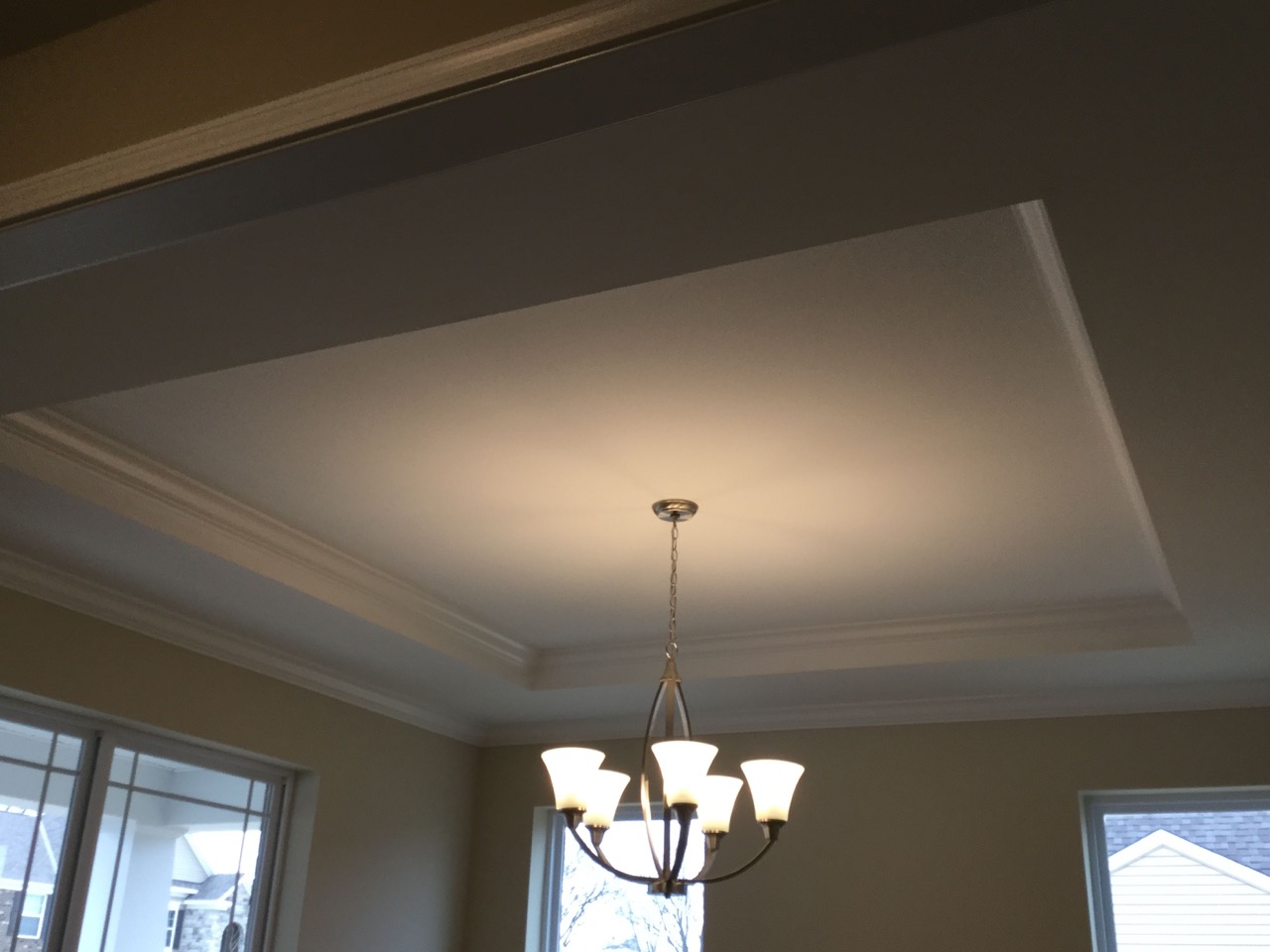




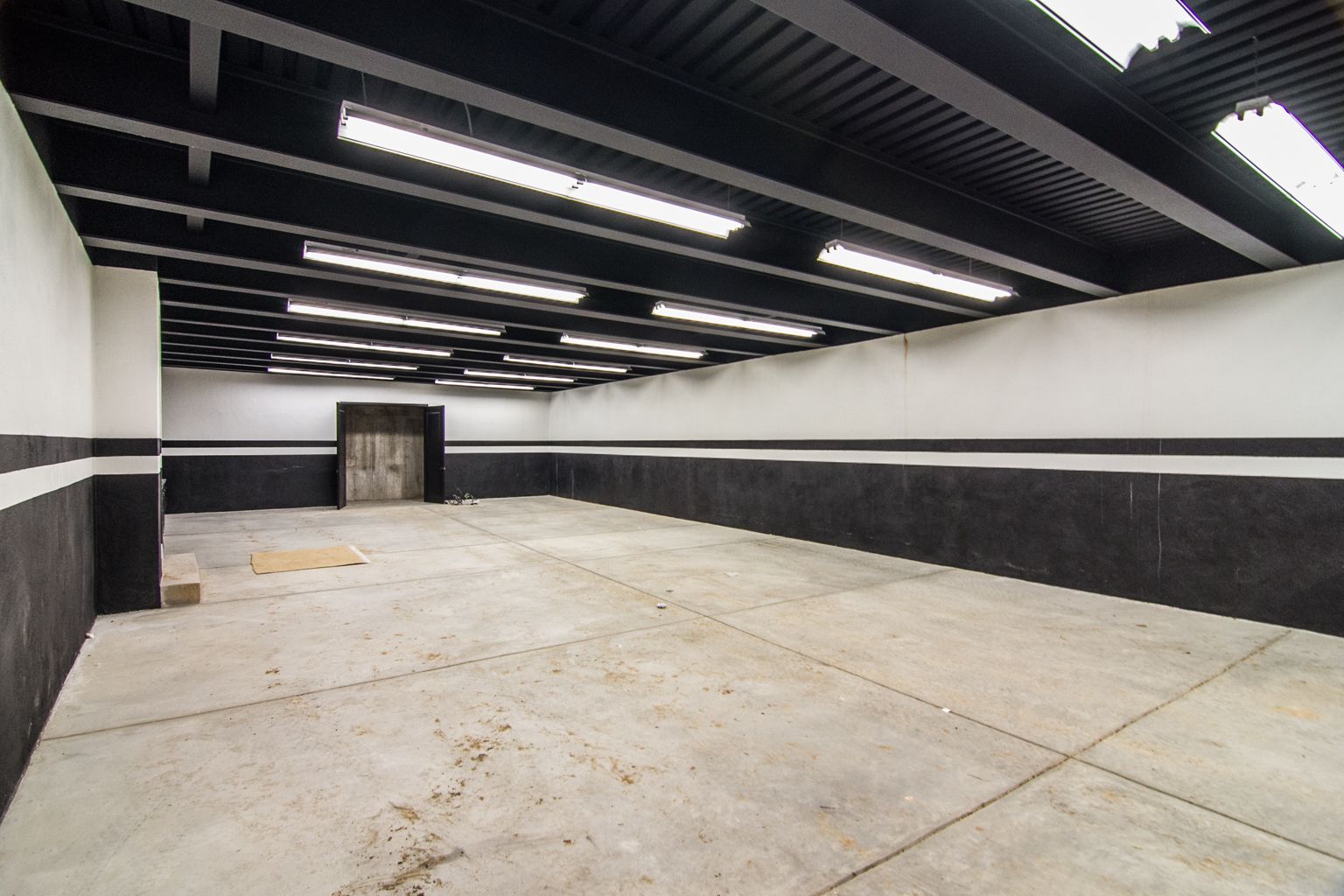
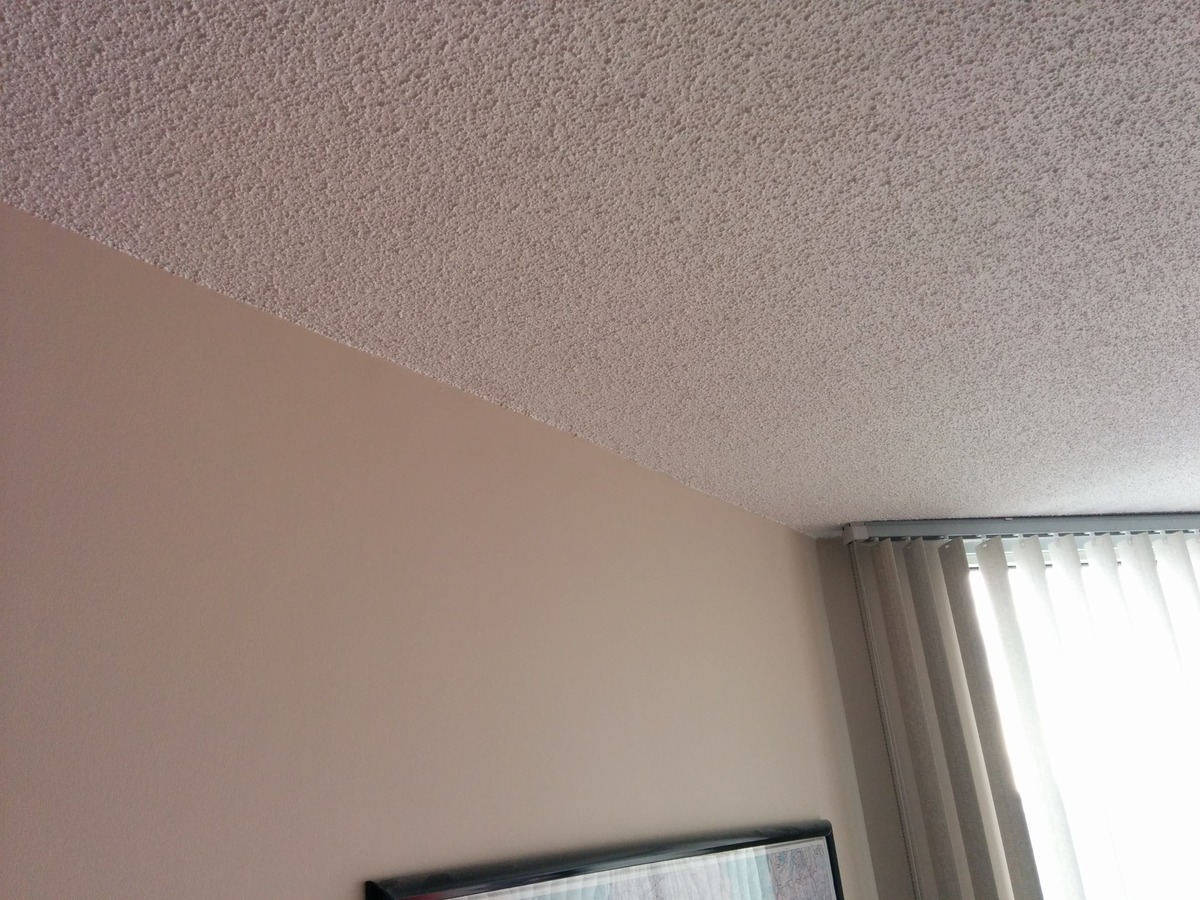

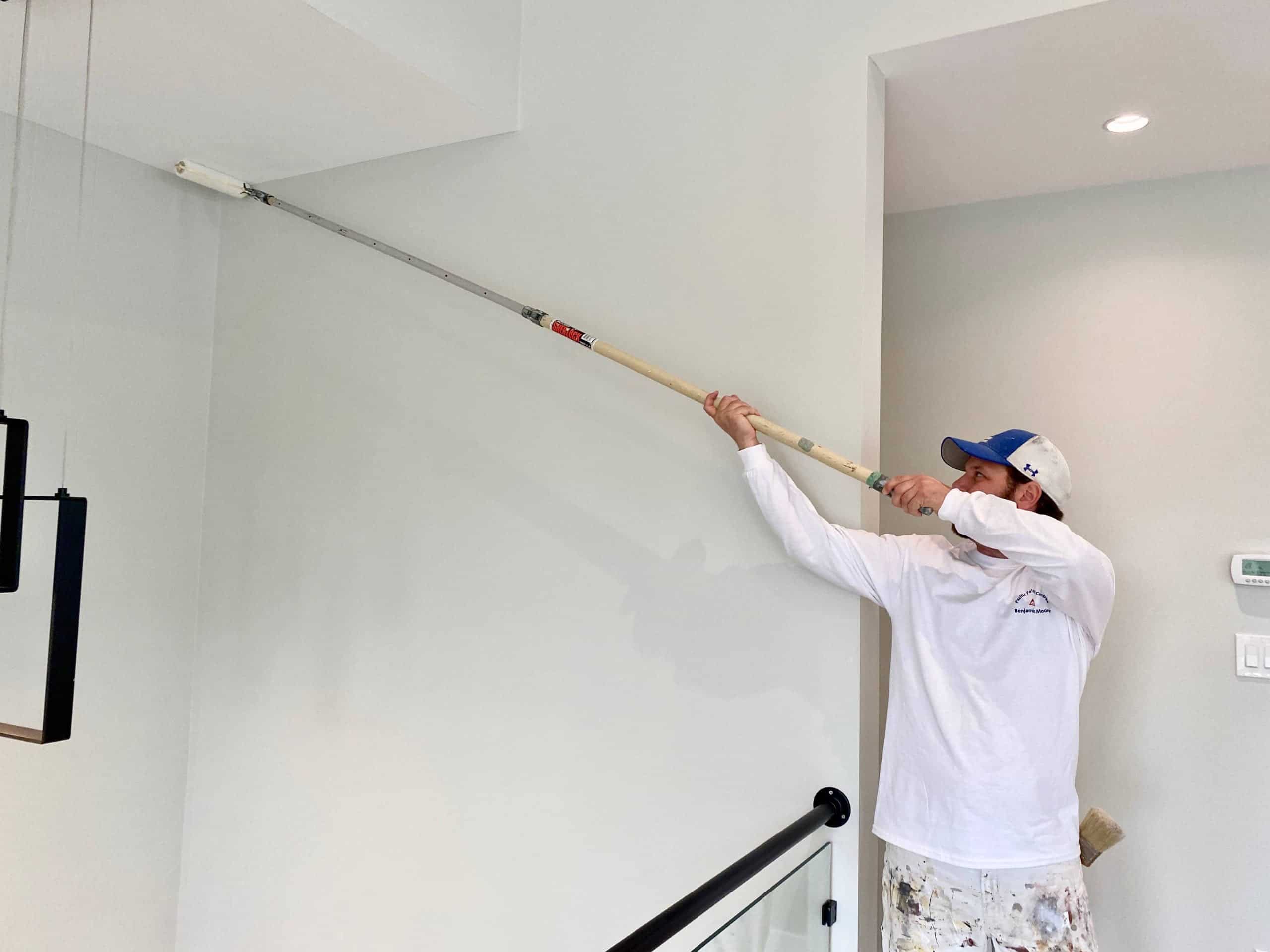

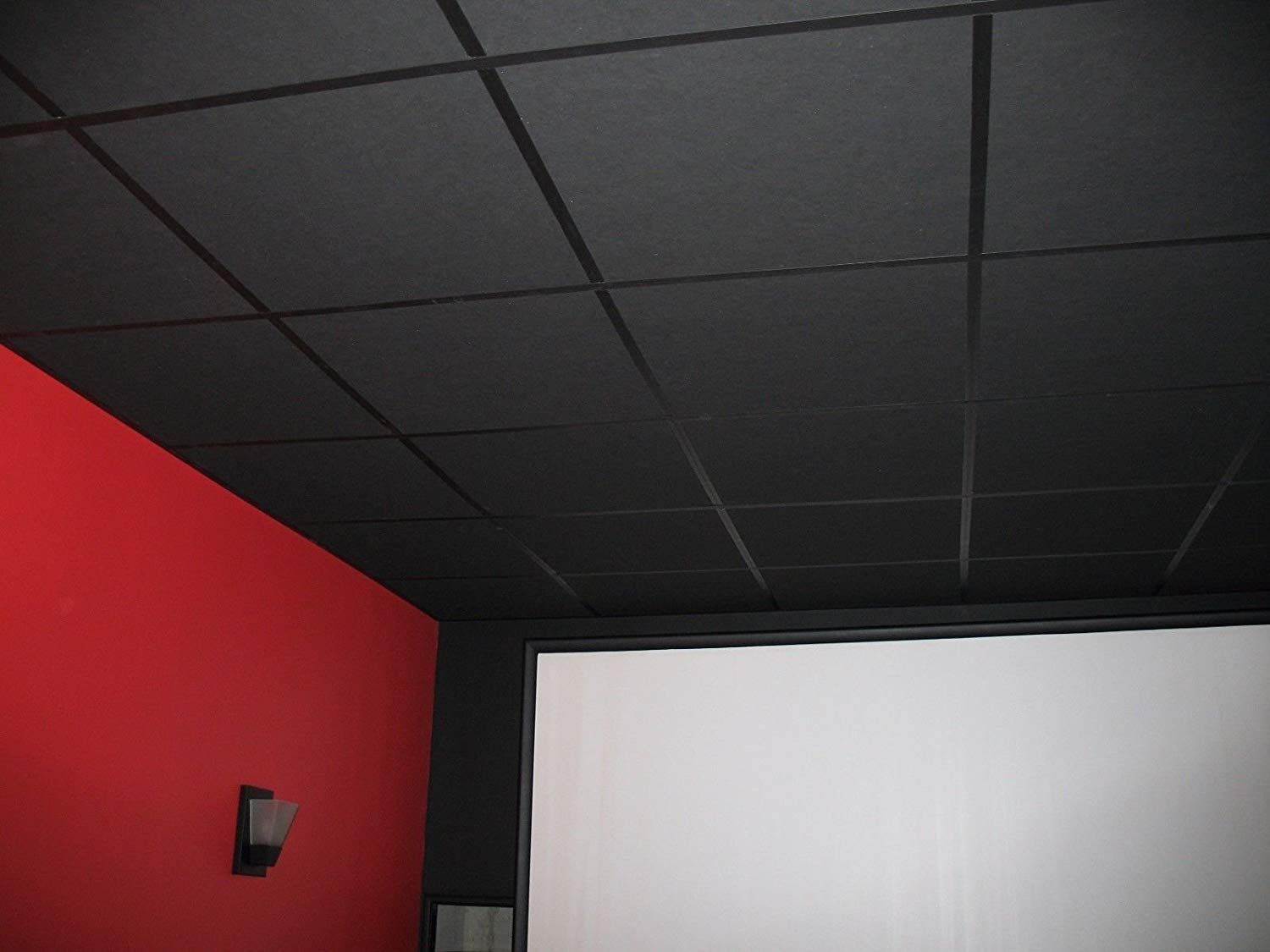
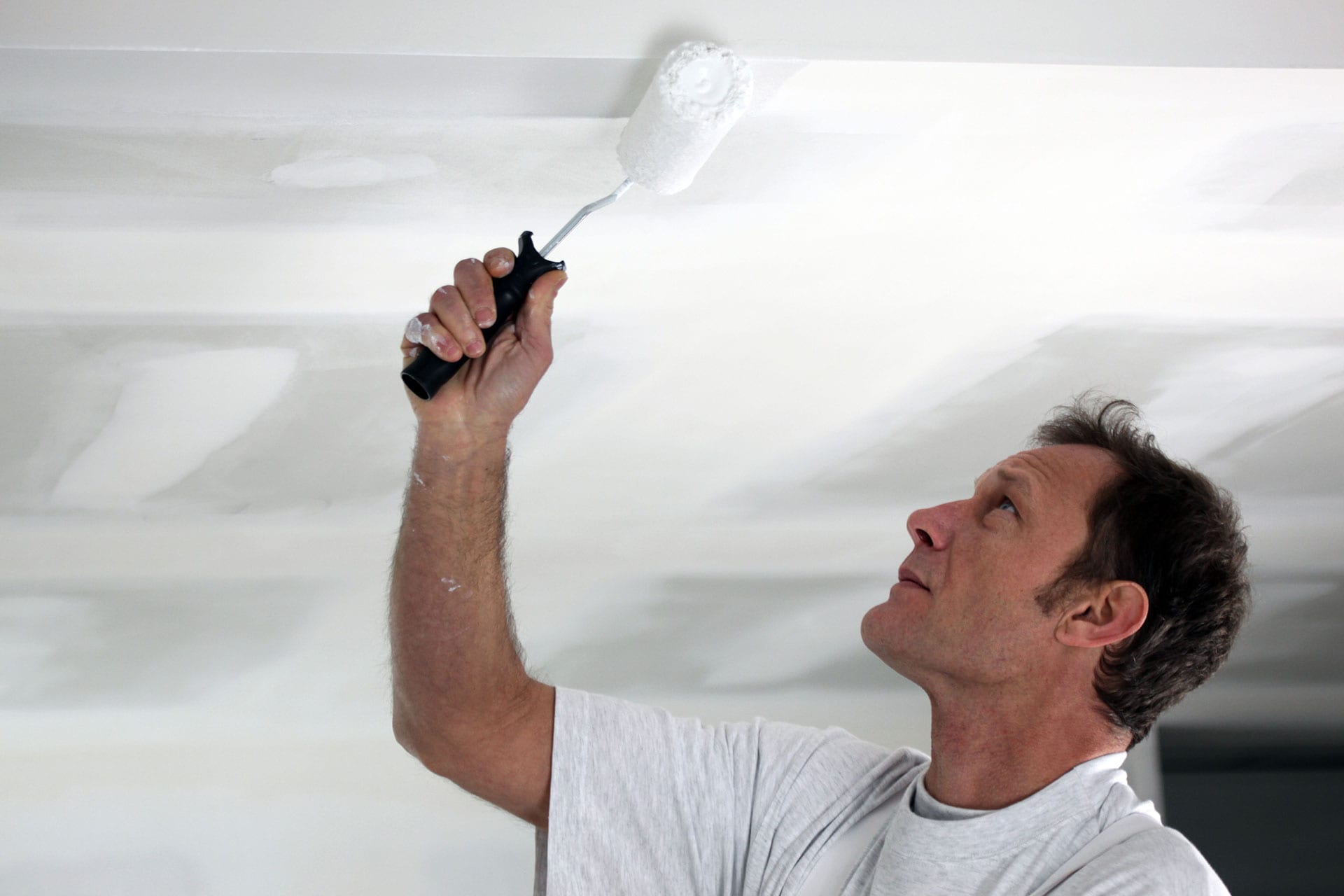

0 thoughts on “How To Cut In Ceiling Paint”